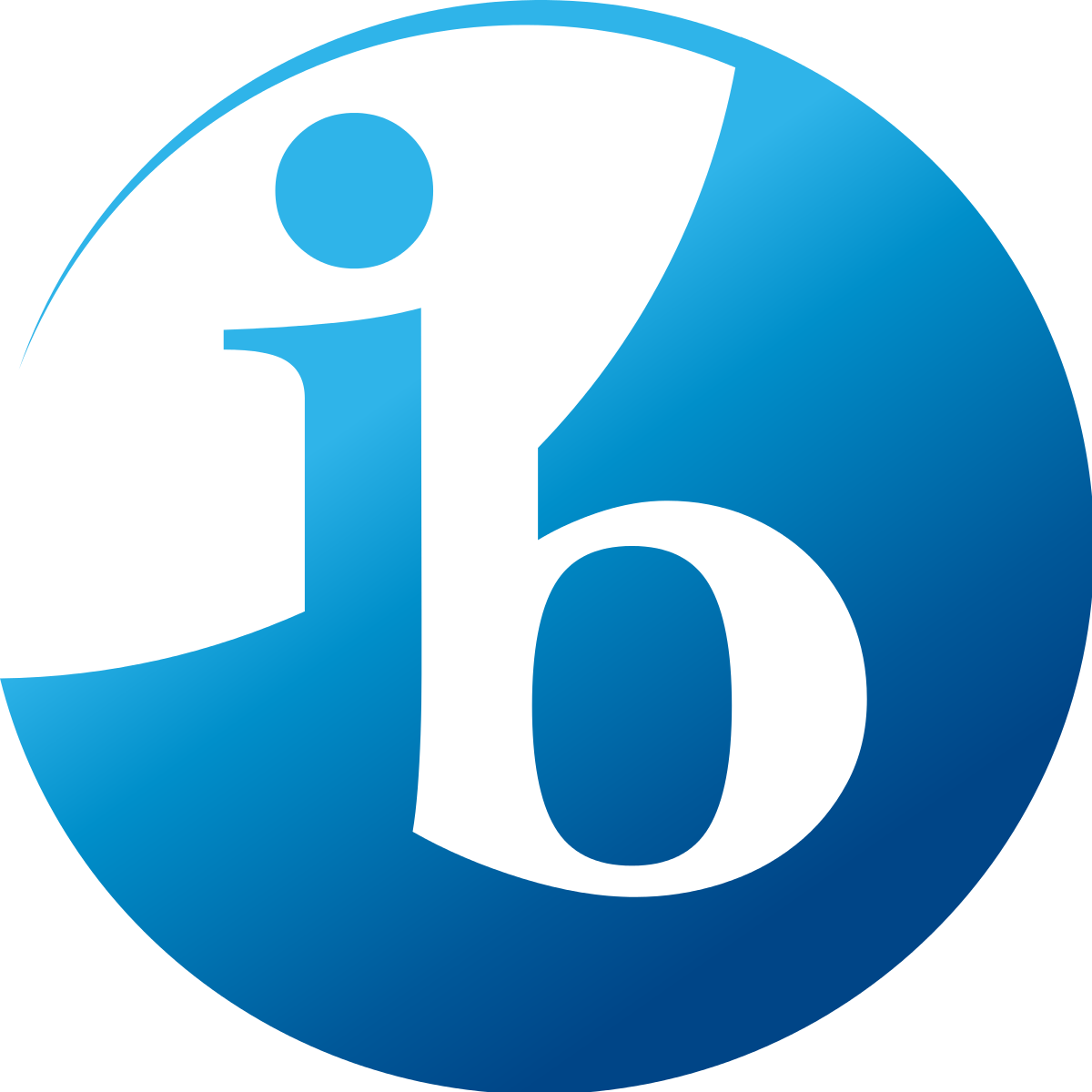
Language acquisition consists of two modern language courses—language ab initio and language B—that are offered in a number of languages and a classical languages course that is offered in Latin and Classical Greek. Owing to the nature of language study in the latter, there are specific aims for classical literature that can be found in the Classical languages guide. Language ab initio and language B are language acquisition courses designed to provide students with the necessary skills and intercultural understanding to enable them to communicate successfully in an environment where the language studied is spoken. This process allows the learner to go beyond the confines of the classroom, expanding their awareness of the world and fostering respect for cultural diversity. The two modern language courses—language ab initio and language B—develop students’ linguistic abilities through the development of receptive, productive, and interactive skills (as defined in the “Syllabus content” section). The classical languages course focuses on the study of the language, literature, and culture of the classical world.
At HL, students are expected to extend the range and complexity of the language they use and understand in order to communicate. They continue to develop their knowledge of vocabulary and grammar, as well as their conceptual understanding of how language works, in order to construct, analyse and evaluate arguments on a variety of topics relating to course content and the target language culture(s).
Receptive skills: Students understand and evaluate a wide variety of written and spoken authentic personal, professional and mass media texts; they understand fundamental elements of literary texts such as theme, plot and character. They analyse arguments, distinguishing main points from relevant supporting details and explanations. They use a variety of strategies to deduce meaning.
Productive skills: Students present and develop their ideas and opinions on a variety of topics, both orally and in writing. They construct and support arguments with explanations and examples. They speak and write at length, and with purpose, in order to meet a wide range of communicative needs: describing, narrating, comparing, explaining, persuading, justifying, evaluating.
Interactive skills: Students initiate, maintain and close oral exchanges, displaying some ability to make adjustments in style or emphasis. They use a variety of strategies to maintain the flow of conversations and discussions on a variety of topics relating to course content and the culture(s) of the target language. Students are adept in negotiating meaning and fostering communication.
Aims
1. Develop international-mindedness through the study of languages, cultures, and ideas and issues of global significance.
2. Enable students to communicate in the language they have studied in a range of contexts and for a variety of purposes.
3. Encourage, through the study of texts and through social interaction, an awareness and appreciation of a variety of perspectives of people from diverse cultures.
4. Develop students’ understanding of the relationship between the languages and cultures with which they are familiar.
5. Develop students’ awareness of the importance of language in relation to other areas of knowledge.
6. Provide students, through language learning and the process of inquiry, with opportunities for intellectual engagement and the development of critical- and creative-thinking skills.
7. Provide students with a basis for further study, work and leisure through the use of an additional language.
8. Foster curiosity, creativity and a lifelong enjoyment of language learning.
Assessment Objectives
1. Communicate clearly and effectively in a range of contexts and for a variety of purposes.
2. Understand and use language appropriate to a range of interpersonal and/or intercultural contexts and audiences.
3. Understand and use language to express and respond to a range of ideas with fluency and accuracy.
4. Identify, organize and present ideas on a range of topics.
5. Understand, analyse and reflect upon a range of written, audio, visual and audio-visual texts.
| Assessment Component | Weighting |
|---|---|
| External assessment (3 hours) | 75% |
| Paper 1 (1 hour 15 minutes) | 25% |
| Productive skills—writing (30 marks). | |
| One writing task of 250–400 words from a choice of three, each from a different theme, choosing a text type from among those listed in the examination instructions. | |
| Paper 2 (1 hour 45 minutes) | 50% |
| Receptive skills—separate sections for listening and reading (65 marks). | |
| Listening comprehension (45 minutes) (25 marks). | 25% |
| Reading comprehension (1 hour) (40 marks). | 25% |
| Comprehension exercises on three audio passages and three written texts, drawn from all five themes. | |
| Internal assessment | 25% |
| This component is internally assessed by the teacher and externally moderated by the IB at the end of the course. | |
| Individual oral assessment | |
| A conversation with the teacher, based on a visual stimulus, followed by discussion based on an additional theme. (30 marks). |

- Profesor: Angeles Jaramillo Cardona